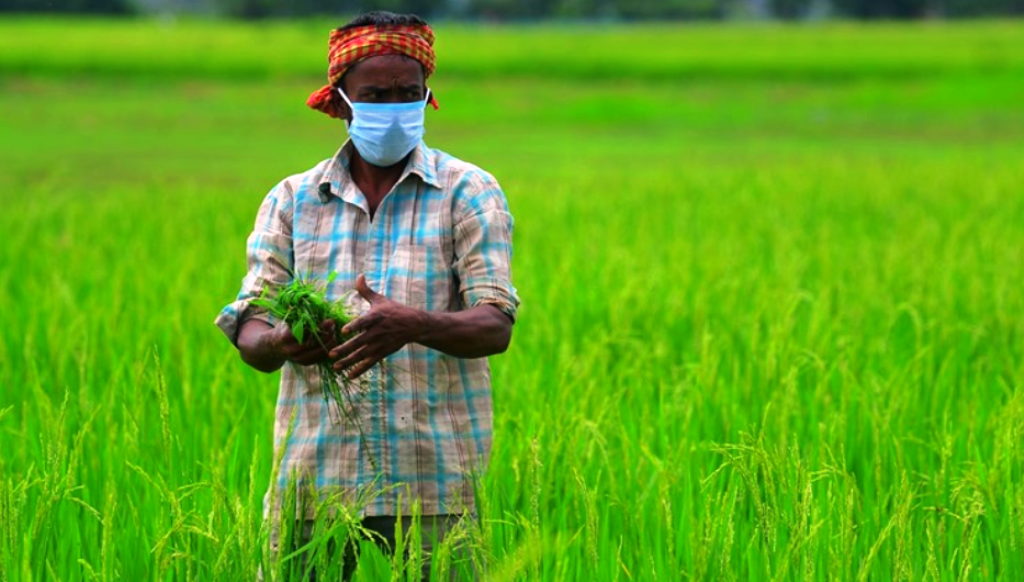
In 2017, pesticide poisoning had claimed the precious lives of twenty-one farmers in Maharashtra. The state government banned Monocrotophos, the deadly pesticide for just sixty days. Oxydemetonmethyl and monocrotophos are classified as Class I pesticides by the World Health Organization. Punjab set an example by banning several pesticides like Phosphamidion, Methomyl, Phorate, Trizazophos and Monocrotophos. Dealers and manufacturers are the only sources of information on usage or misuse of pesticides. These dealers give wrong advice to farmers.
As a study conducted by Pesticide Action Network India showed that dealers are unaware or ignorant of the approved uses and waiting periods of various pesticides. Manufacturers also don’t provide proper information about uses, doses,and waiting time on pesticide bottles. Farmers don’t get any leaflet with the packet when they purchase the pesticides. In 2014, FAO(Food and Agriculture Organization) and WHO(World Health Organization) jointly released the International code of conduct on pesticide management, which said that pesticides whose handling and application require the use of personal protective equipment that is uncomfortable, expensive or not readily available should be avoided, especially in the case of small-scale users and farm workers in hot climates.
After pesticide poisoning, it is estimated that in India every year there might be about 7.5 lakhs accidents in agriculture that result in thousands of deaths and injuries to others. The economic loss to the country is estimated to be in crores. To develop safer equipment and to pursue measures for minimizing accidents in agriculture, realistic data on these accidents are essential.

Therefore, an agricultural accident survey was carried out during 2004-07 and 2012-13 in collaboration with Indian Agricultural Statistics Research Institute, New Delhi in a large sample of village-based on statistical considerations for one year in seven states namely Tamil Nadu, Orissa, Madhya Pradesh, Punjab, Rajasthan, Arunachal Pradesh and West Bengal.Of the total accidents reported during one year, 30.5% accidents were due to farm machines, 34.2% accidents were due to hand tools and the remaining 35.3% were due other sources (like snake bites, drowning in well/ponds, animal bites, lighting).
Under the farm machinery category, about 31% of accidents were due to tractors and tractor operated equipment, 22% due to animal-drawn equipment, 14% due to threshers, 12 % due to electric motor/pump sets, 9 % due to chaff cutters, 6% due to power tiller, 4% due to sprayers and 2% due to other machines. Therefore,types of equipment which need immediate attention aretractors, threshers, electrical motors and pump sets, chaff cutters, power tillers, sprayers and animal-drawn equipment. Among other sources, snake bites were observed to be one of the major sources of fatal accidents and necessary action for educating workers and making anti-venom injections available at village level health centres are needed. Of the total accidents, 5.5% were fatal whereas 94.5% were non-fatal. The overall incidence rate per year was 334 accidents per lakh workers whereas the fatality rate was 18.3 per lakh workers. The data collected in this survey are being used to formulate accident minimization programmes in these states and develop a safe gadget for identified machinery.
In agricultural safety, the dropping farmer income is one inevitable aspect. Weak pricing power is squeezing farm incomes, even as it has helped to keep food inflation down.During 2011 -2014, high global food prices, sharper hikes in minimum selling prices, demand-focused stimuli to overall consumption through lower interest rates, tax cuts, and wage employment programmes in rural India had a telling impact on price increases including food, which then translated into higher farmer incomes. It is not suggestible to return to high food inflation.
There should be a way to cut the middlemen margins. Making the farmer realize a larger part of the value chain, as in the dairy sector, will improve farm incomes while keeping the food inflation low. Agricultural safety enables farmers to avoid serious and fatal accidents, use chemical pesticides safely, reduce income lost to agricultural accidents and improve their earning.










